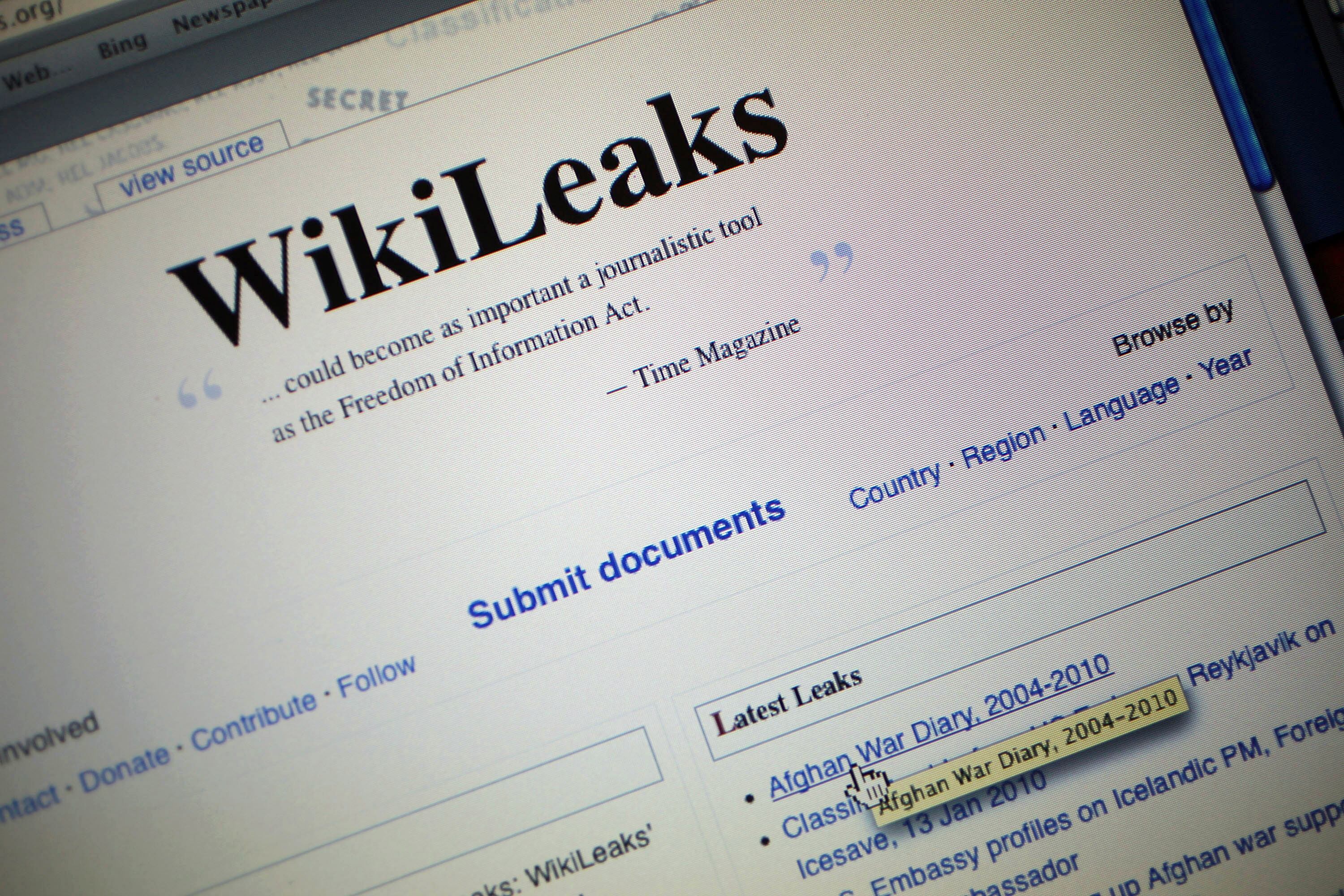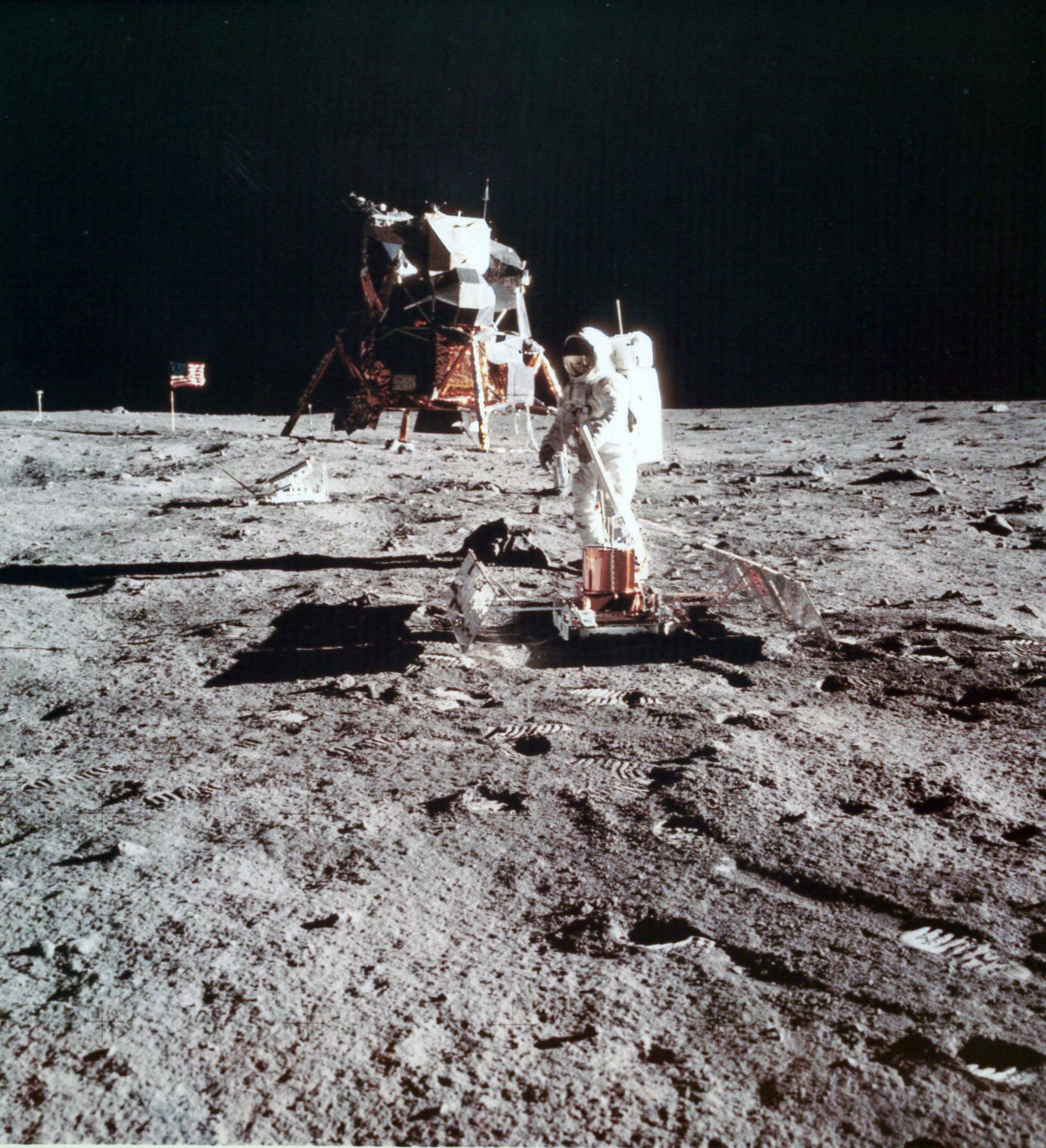This is part of a larger Federal Times 50-year anniversary project, showcasing the historic events from the last five decades that most shaped how government operates. Go to our special report to see more of our coverage as it rolls out in December and the first part of 2016. This story was originally published Nov. 30, 2015, at 6:42 a.m. EST.
It's easy to make comparisons between the Vietnam War and the U.S. conflict in Southwest Asia: both long wars, fought in faraway lands, with the news from each delivered quickly for public consumption. In some ways, Vietnam set a mold for wars to come. In others, it changed the way wars are fought, conducted and perceived.
Against a backdrop of revolution in the U.S., the Vietnam War was a game-changer in more ways than one. For the first time, Americans were seeing war's horrors from their living rooms, delivered by unprecedented reporting by foreign correspondents. The raw exposure brewed more skepticism, angst and a demand for answers. The costly ground campaigns shifted American warfare itself, as well as the Pentagon's messaging.
"The war had a dramatic impact on government as a whole because the instrument of war-making now was a subject of videography, news and reporter embeds with combat troops. For probably the first time in anyone's lives, you could see what was happening on your television set at dinnertime," said Rob Carey, former deputy Defense Department CIO and now vice president of Navy and Marine Corps programs at Vencore. "Since this was a [conflict where] we did not declare war – we elected to go combat the flow of communism in Southeast Asia – both the administration and the Defense Department had to deal with this new phenomenon. In the past, they dictated the messaging flow of what was going on. In Vietnam the messaging was a combination of messages that they controlled and messages that they didn't control."
The result fueled further turmoil at home, where the civil rights movement unfolded and anti-government sentiment and mistrust skyrocketed. As a result, administrations changed and members of Congress lost seats. Veterans returned to an unfriendly home front, the start of a legacy of mistreatment toward veterans not corrected for decades, until the Iraq war. Vietnam wore on for 20 years in total, many of them rife with visceral, powerful images that forever changed public perception of a government and military that had to change how they operated and communicated.
None of this was lost on the administration.
"I believe that one of the reasons for the deep division about Vietnam is that many Americans have lost confidence in what their government has told them about our policy," said President Richard Nixon in a Nov. 3, 1969 address to the nation. "The American people cannot and should not be asked to support a policy which involves the overriding issues of war and peace unless they know the truth about that policy."
RELATED

Change did come from Vietnam. The length of the war itself led to internal transformations at the Pentagon and within the ranks, where advancing field technologies and an enemy vastly different from previous wars both meant significant adaptations in strategy and tactics.
"It's the same kind of thing we're dealing with in ISIS now, and the administration reacted the way it knew how, which was to put ground forces in place to stop the flow of communism," Carey said. "At the time, the mindset was World War II-based: We need a land force to occupy territory, create a ground war and push the forces of evil back. We did a little bit of that in Iraq and Afghanistan, but it was much more spying, and we didn't commit the sheer number of troops that were committed to the ground war in Vietnam. And we learned that if you didn't control territory, you didn't control things – you only controlled the places where you had troops."
RELATED

But the hard lessons of Vietnam still left behind a learning curve. Today, news travels even faster – instantly, ghastly images and firsthand accounts post to Twitter and YouTube, GoPro cams mount on combat troops' helmets. The struggle of transparency and messaging endures.
“As [those videos] work their way back to the government, officials have to deal with this,” Carey said. “And I think Congress and the White House now are trying to navigate in a more informed world about the reality of what’s going on around them.”
In Other News



